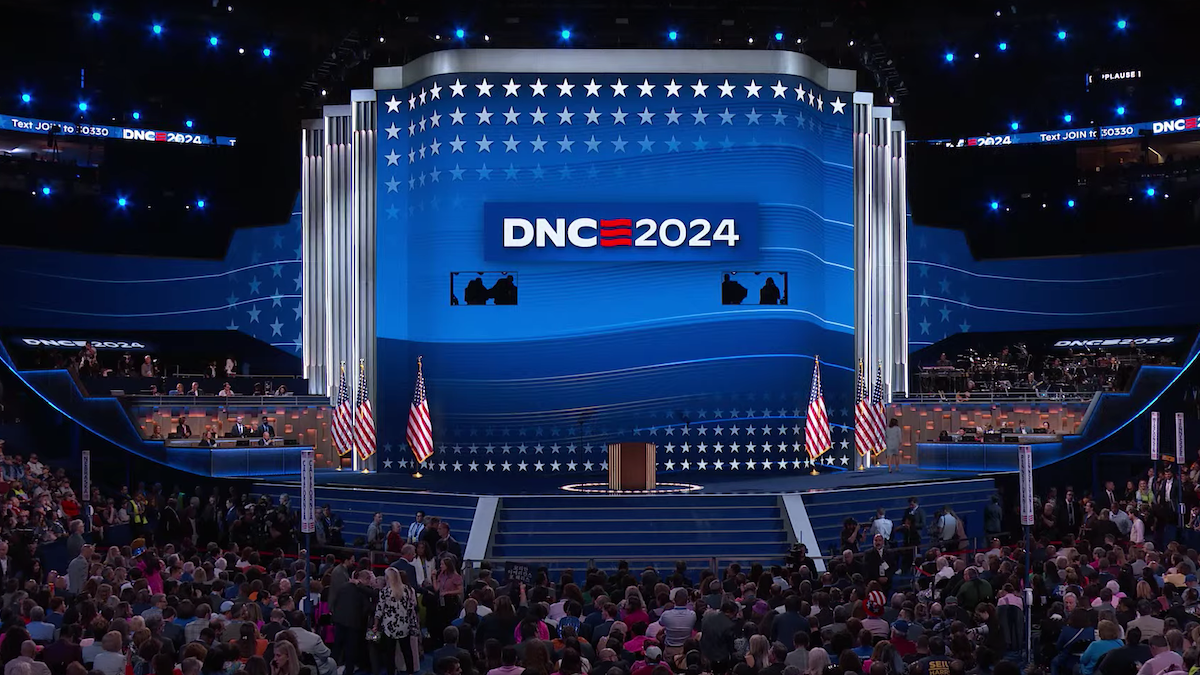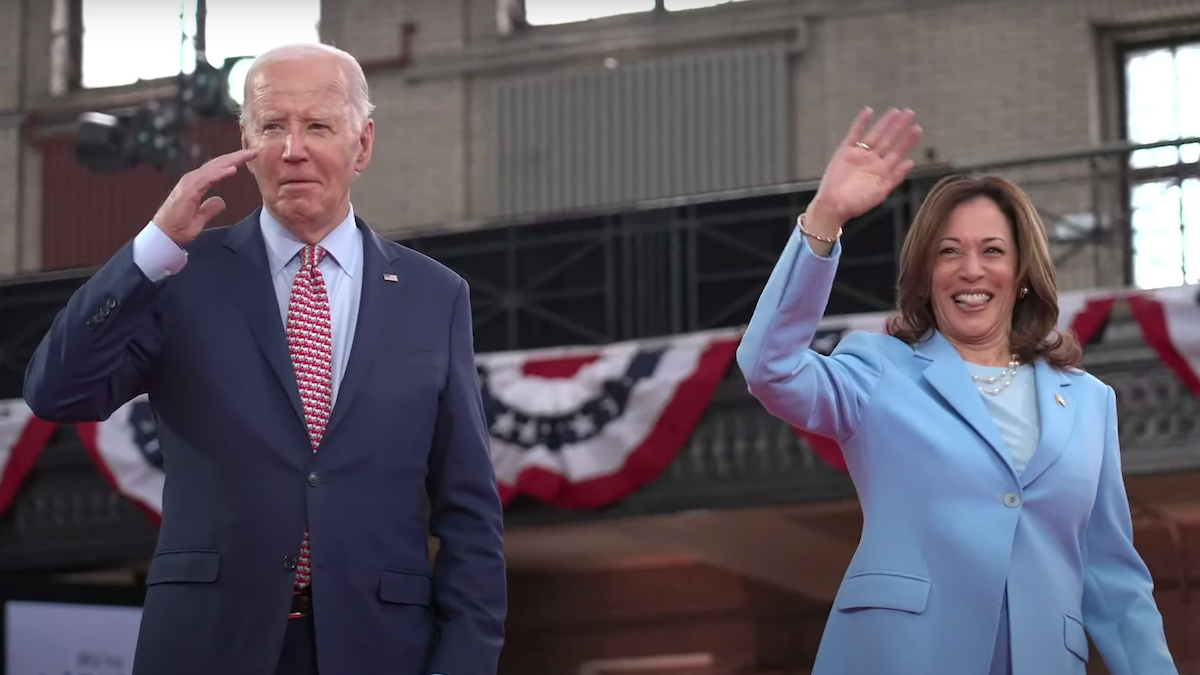A recent Gallup poll showed Democrats’ lead over Republicans with black voters “has shrunk by nearly 20 points over the past three years,” and their lead among Hispanics has dropped “nearly as much.” Gallup found that 66 percent of non-Hispanic black adults identify as Democrat or lean-Democrat, while 47 percent of Hispanics do. Both are enormous drops from 2020 exit polling, which showed 87 percent of blacks and 65 percent of Hispanics voting for Biden.
Far bigger than just a loss of support for Biden, these figures point to a significant shift of partisan loyalty within communities that have been overwhelmingly Democratic. In political terms, their shift signals a potential realignment.
For over 70 years, America has been in what could be termed a period of dealignment. Starting with Eisenhower’s 1952 presidential victory, America’s two parties have alternated presidential power with striking regularity. In 18 elections, only once has a party held the White House more than two terms (Republicans winning in 1980, 1984, and 1988), and only twice has a party held it for only a single term (Democrats from 1977-1981 and Republicans from 2017-2021).
Assuredly, these alternating presidential periods have not equated to total federal power shifts. Democrats’ control of Congress extended well beyond its lock on the presidency, and there have been several instances since 1994, when Republicans broke through Democrats’ congressional dominance, that presidential and congressional control have conflicted. Nonetheless, for seven decades, America has seen an amazingly consistent alternating of the federal government’s primary power: the presidency.
Yet just because this is what we have known for three generations does not mean it is America’s historical norm. Rather, historically the norm has been for a single party to control the presidency for relatively long periods. In short: an alignment that gave one party clear political dominance. Such was the case for Democrats in the 19th century up to the Civil War, for Republicans from the Civil War to the Depression, and then Democrats from 1932 to the mid-1960s.
The Civil War and the Depression clearly triggered realignments. What could be today’s? The left’s increasing radicalization and its increasing control of the Democrat Party. It would not be the first time the left has subverted Democrat dominance. In 1968, it broke with the Democrat Party — giving the election to Republican Richard Nixon — and in 1972, it fractured the Democrat Party — driving out the conservatives of the old New Deal coalition.
Jimmy Carter, Bill Clinton, and Barack Obama successfully created their own coalitions from the left’s remnants of the Democrat coalition. Four years ago, Joe Biden did too; today, Biden’s base of support has dwindled to little more than the left itself and Democrats’ most partisan faithful. This is manifest in Biden’s low poll numbers and most profoundly in its erosion of Democrats’ minority base.
With his conservative populist approach, Trump is capitalizing on the radical left’s fracturing of the Democrat coalition; he did so in 2016. With Trump in the White House in 2020 amid the pandemic, the effectiveness of his populist versus elite strategy was blunted. However, while the 2024 race is once again a clear contest between the populace and the elite, Trump can capitalize on it only to a point. According to RealClearPolitics, Trump’s average of national polling of a head-to-head rematch with Biden puts him at 45.5 percent — barely ahead of Biden (45.3 percent), and even behind his 2020 popular vote percentage of 46.9 percent.
Trump remains a polarizing political figure. Again according to RealClearPolitics’ national average, Trump’s unfavourability rating of 53.6 percent is only slightly lower than Biden’s at 55.3 percent. Trump will not fully realize Republicans’ opportunity with conservative populism despite benefitting from it.
However, a Trump victory could set the stage for Republicans to win far more than the White House for four years. Constitutionally barred from serving more than a single term, he must relinquish the populist baton. In the right hands, this could allow Republicans to solidify and magnify disaffected minorities’ attachment to their party.
Trump remains in many ways a political novice. He certainly remains a polarizing figure. But he is also a populist savant. Through the seemingly improbable rise of a political novice and the radical left’s imposed role reversal on the Democrat Party, a political realignment may be underway that would ironically restore America’s historical norm of alignment domination of presidential politics. If so, it has the potential to be both enduring and self-reinforcing as realigned voters provide critical mass and cover for more of their compatriots to switch.









